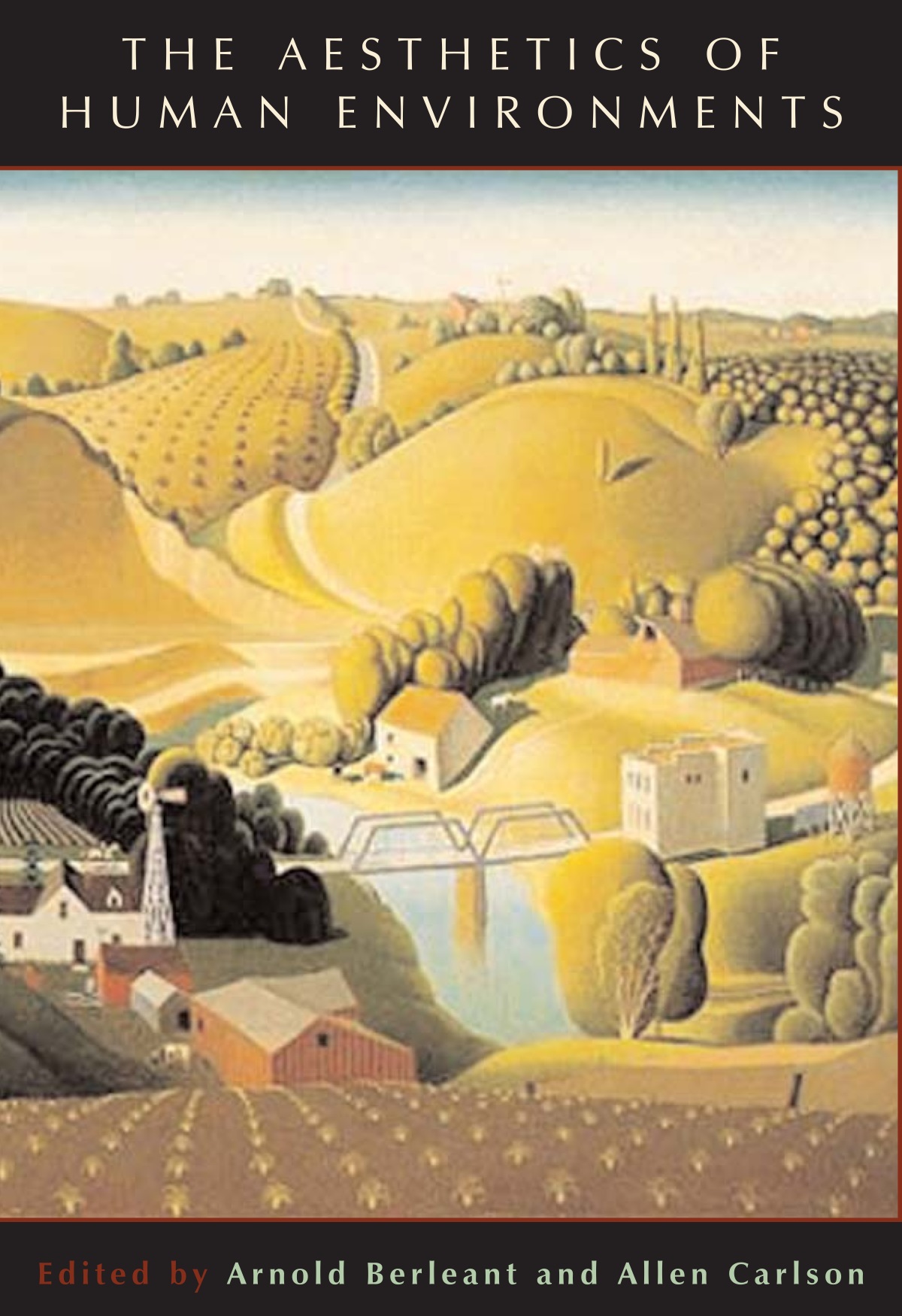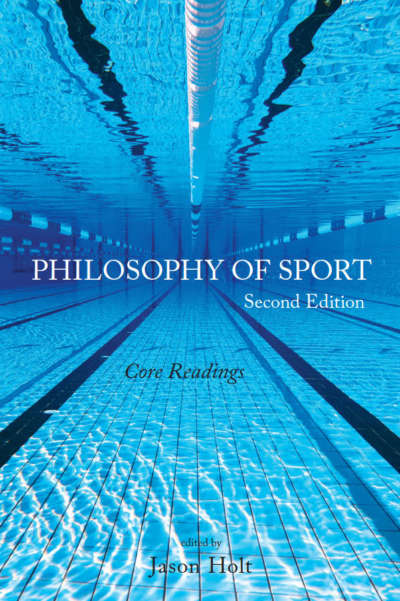The Aesthetics of Human Environments is a companion volume to Carlson’s and Berleant’s
The Aesthetics of Natural Environments. Whereas the earlier collection focused on the aesthetic appreciation of nature, The Aesthetics of Human Environments investigates philosophical and aesthetics issues that arise from our engagement with human environments ranging from rural landscapes to urban cityscapes. Our experience of public spaces such as shopping centers, theme parks, and gardens as well as the impact of our personal living spaces on the routine activities of our everyday life are discussed in terms of their aesthetic value and the nature of our aesthetic appreciation.
This volume will appeal to any reader concerned about the aesthetic quality of the world in which we live.
Comments
“Our aesthetics, when it is not about art, tends to be about the countryside. But most of us live in urban environments. The Aesthetics of Human Environments will deepen our sensitivity to, and better our understanding of, our surroundings as we go about our daily lives. A successful combination of theory and practice, it cannot fail to arouse our interest, for it covers a wide range of topics, many of them within our common experience.” — T.J. Diffey, Emeritus Reader in Philosophy, University of Sussex
“Scholarly integrity permeates every level of this anthology. Berleant and Carlson have selected essays that reflect a range of approaches toward a common goal: the elucidation of an emergent field. In particular, the international and methodological pluralism of the collection lends cultural breadth to an undertaking that nevertheless coalesces eloquently into a unified volume, accessible to a broad spectrum of readers.” — Cheryl Foster, University of Rhode Island
“The Aesthetics of Human Environments is a collection of essays that investigates matters related to the aesthetic marks humans intentionally and directly make on their environments and the aesthetic appreciation of those marks. This collection is exciting in its breadth and gratifyingly insightful into some of the frequently overlooked ways humans aesthetically interact with the world. These provocative essays will encourage readers to appreciate the rich and varied ways aesthetic issues are of serious theoretical and practical interest in daily life. Personally, I can’t wait to incorporate it into a class!” — Sheila Lintott, Bucknell University













